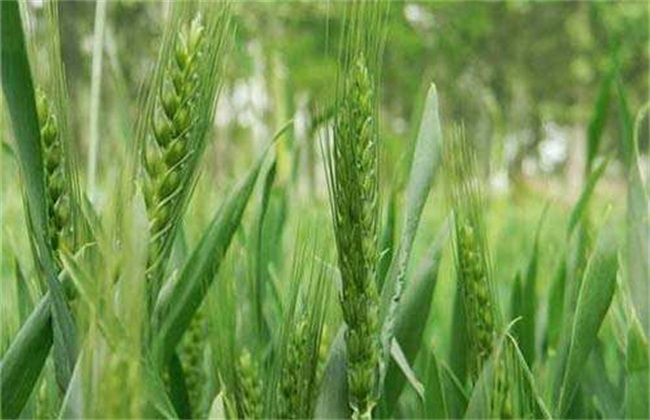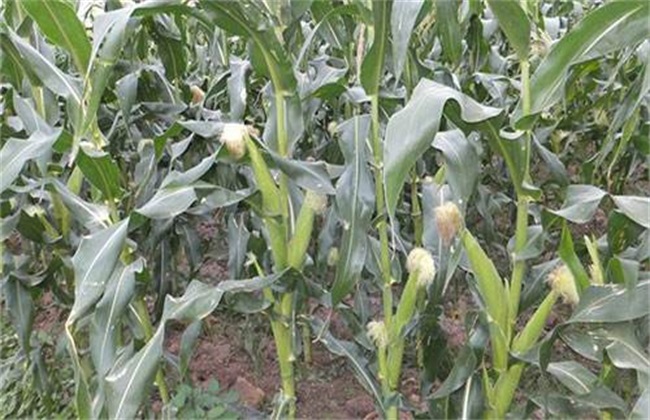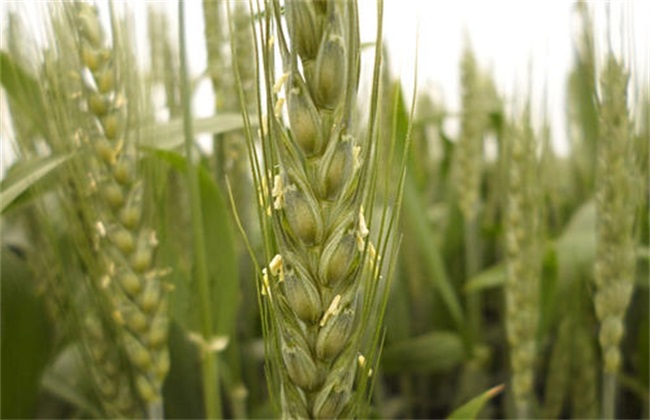Factors affecting the High yield of Wheat
The planting area of wheat in our country is very large. Therefore, the current wheat market competition is still relatively large, when planting wheat, everyone wants to be able to increase the wheat yield as much as possible, so as to improve the planting efficiency. However, it is not so easy to get high yield of wheat. Because there are also many factors that affect the high yield of wheat, what specific factors will affect the yield of wheat? Let's take a look at it with the editor.

1. Soil factors
Soil is the primary factor affecting the high yield of wheat. The depth, fertility and water content of soil are closely related to the yield of wheat. Wheat is suitable to grow in the active soil with deeper soil layer, and the depth of tillage layer is kept at about 25 cm. If the soil layer is too shallow, then wheat growth will not be able to get enough water and nutrition. In addition, we have to maintain a loose and tight soil, not too loose and tight. If the soil is too loose, the heat preservation and water retention of the soil is poor, and if it is too tight, the permeability is not strong, and it will affect the effectiveness of nutrition and the activity of microorganisms in the soil, affect the growth of roots and reduce the yield of wheat.
2. Fertilization factors
When planting wheat, many people blindly apply nitrogen fertilizer in order to increase the yield. If too much nitrogen fertilizer is applied, the proportion of phosphorus and potassium fertilizer and organic fertilizer will decrease relatively. Wheat is easy to grow and poor permeability in the field, wheat plants are also easy to produce a large number of invalid tillers, resulting in delayed polarization time, long basal internodes, wheat plants are also easy to lodge, resulting in a decline in yield. And will also ignore the application of trace elements, wheat lack of trace elements, easy to poor growth, thus reducing yield.
3. Sowing factors
The sowing amount and time of wheat are also the main factors affecting the high yield of wheat. If the wheat is sown too much, it will lead to the increase of tillers, the wheat population is too large, and they will compete for light and nutrition from each other. As a result, some wheat grows excessively, while some wheat grows thin, which seriously affects the yield. If sowing prematurely, then the emergence time of wheat will be earlier, the growth rate will be accelerated, and there will be a lot of tillers. The phenomenon of flourishing seedlings appeared before winter, which caused wheat to lose fertilizer and senescence early in the middle and later stage of growth, affecting individual growth.
4. Climatic factors
Wheat is a kind of crop that likes to grow in a cool environment with plenty of light and belongs to long-day crops. If the temperature is too high in early winter, it will shorten the growth period of wheat. On the other hand, if the temperature is too high in the early stage of wheat growth, the tillering stage of wheat will be shortened and the panicle rate will be increased. In the later stage, high temperature and humidity will affect the grain filling of wheat, resulting in a variety of diseases and insect pests. In addition, if the overcast and rainy weather is too much, the soil is soft, the light time becomes shorter, and the stem growth of wheat is also very weak. If there is a strong wind, wheat is very easy to lodge and its yield will be affected.
The above is a brief introduction of the factors affecting the high yield of wheat. That's all for today's introduction. This article is for reference only. I hope it can help you all.
Related
- The first cup of black tea in spring, the flavor and history of tea gardens in Kenya, Africa
- The computer can not only choose potatoes, but also grow tea rice. AI will grow winter oolong tea champion.
- It is not only the inflated tea bitten by insects, but also engraved with the four seasons tea in Beipu.
- The Oriental Beauty Tea Festival in Zhuxian County takes the stage at the weekend to experience the plus-size feast of oil tea.
- & quot; Oriental Beauty Tea & Exploration of Emei in Hsinchu, the hometown of quot;
- The new variety of strawberry "Tainong 1" dessert is the first choice with mellow aroma. Crimson gorgeous
- History of Tea in Taiwan: from Wild Inner Mountain to Export Tea Garden
- Two types of Taiwan Oriental Beauty Black Tea won the British three-Star Award for Childhood Tea Xiang Zhang Jiaqi changed from pilot to champion tea maker.
- Banana species and varieties: the planting history of Taiwan Xianren banana and dwarf banana is long, is banana disease resistant?
- Coffee planting Technology: Qianjie Coffee from Seedling to harvesting



